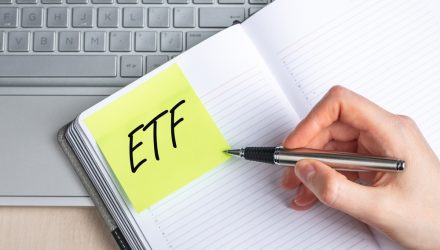While the first half of the year has been something of a bloodbath for investors, some – though not all – actively managed exchange traded funds have been beating the market and justifying their higher fees. The Leatherback Long/Short Alternative Yield ETF (LBAY), for example, is up about 11% this year. While the JPMorgan Equity Premium Income ETF (JEPI) is down for 2022, it still managed to outperform the S&P 500.
“It makes sense to use these more actively managed ETFs, but they don’t have to be crazy expensive,” Courtney Ranstrom, a certified financial planner and co-founder of Trailhead Planners, told CNBC. They do have to align with your overall investment thesis.”
Before dumping the actively managed ETFs from your portfolio and switching over to index funds, there are some things to first consider.
What’s your goal and timeframe?
Long-term investors may be fine allocating some money into a thematic ETF. Ben Johnson, global director of passive strategies research at Morningstar, advises that investors and financial advisors should consider these funds “more as something you might throw a few bucks of funny money at and not as a substitute for core long-term holdings in your serious money portfolio.”
Are the funds performing as expected?
There’s a difference between a fund that’s declining with the rest of the market versus one that’s experiencing marked underperformance.
“Is what I signed up for what I’m seeing? If the answer is no, you might want to reconsider,” Johnson added.
Do you have conviction in the investment approach?
CNBC noted that if two ETFs have similar themes but have very different holdings, that will show in their performances.
“The investor wants to do some homework to understand why something is performing differently and is that good or bad,” said Todd Rosenbluth, head of research at VettaFi.
Replace your losing active ETF with a tax-savings opportunity.
If you ultimately decide that your active positions just aren’t worth the higher fees and you want to sell your losing positions in a taxable brokerage account, use those losses to offset capital gains elsewhere. This can help save on taxes. Reinvest the proceeds to diversify the portfolio and stay in the market.
“Don’t just say ‘this isn’t working’ because it’s been a rough six months,” Ranstrom said.
For more news, information, and strategy, visit the Active ETF Channel.








